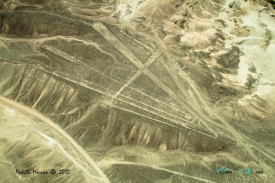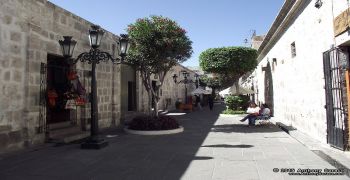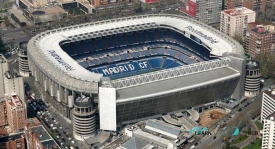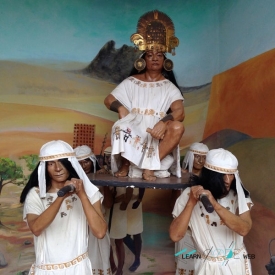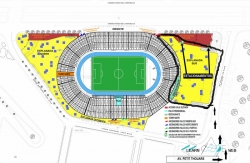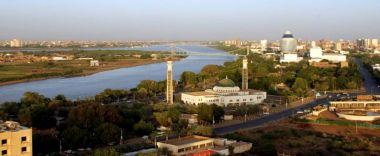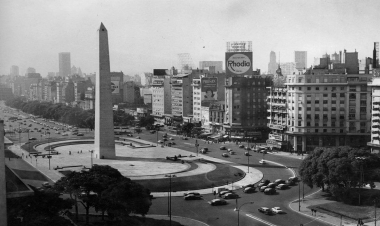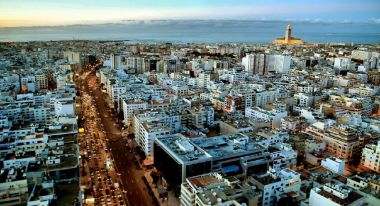ABOUT Fort San Pedro
Fuerte de San Pedro is a military defense structure in Cebu (Philippines), built by the Spanish under the command of Miguel López de Legazpi, first governor of the Captaincy General of the Philippines. It is located in the area now called Plaza Indepedencia, in the pier area of the city. The original fort was made of wood and built after the arrival of Legazpi and his expedition. In the early 17th century a stone fort was built to repel Muslim raiders. Today's structure dates from 1738 and is the oldest triangular bastion fort in the country. It served as the nucleus of the first Spanish settlement in the Philippines. During the Philippine Revolution at the end of the 19th century, it was attacked and taken by Filipino revolutionaries, who used it as a stronghold.
The fort is triangular in shape, with two sides facing the sea and the third side fronting the land. The two sides facing the sea were defended with artillery and the front with a strong palisade made of wood. The three bastions are named La Concepción (SW); Ignacio de Loyola (SE), and San Miguel (NE). It has a total inside area of 2,025 square metres (21,800 sq ft). The walls are 6.1 metres high by 2.4 metres thick (20 feet high by 8 feet thick), and the towers are 9.1 metres (30 ft) high from the ground level. The circumference is 380 metres (1,248 ft). The sides are of unequal lengths and the one fronting the city is where one may find entry into the fort. Fourteen cannons were mounted in their emplacements most of which are still there today. Work first started in 1565 with Miguel Lopéz de Legazpi breaking ground.
Little was known about the activity of the fort from the time it was built until two centuries later in 1739 when the King of Spain, Philip V, desired information regarding the island of Cebu. Governor-general Tamón, who was the Spanish ruler of the islands at the time made the following report:
Fuerte San Pedro, the fort is described as built of stone mortar with a terreplein where guns are mounted. The fort contains the necessary buildings. The largest of these buildings was the Cuerpo de Guardia where the personnel that manned the fort lived. Adjacent to it was the vivienda del teniente which was the living quarters of the lieutenant of the fort. In between the aforementioned buildings is a well. At one corner attached to the walls of the bastión San Miguel (NE) was the Almacenes de Pólvora (powder magazine).
The fort is triangular in shape, with two sides facing the sea and the third side fronting the land. The two sides facing the sea were defended with artillery and the front with a strong palisade made of wood. The three bastions are named La Concepción (SW); Ignacio de Loyola (SE), and San Miguel (NE). It has a total inside area of 2,025 square metres (21,800 sq ft). The walls are 6.1 metres high by 2.4 metres thick (20 feet high by 8 feet thick), and the towers are 9.1 metres (30 ft) high from the ground level. The circumference is 380 metres (1,248 ft). The sides are of unequal lengths and the one fronting the city is where one may find entry into the fort. Fourteen cannons were mounted in their emplacements most of which are still there today. Work first started in 1565 with Miguel Lopéz de Legazpi breaking ground.
Little was known about the activity of the fort from the time it was built until two centuries later in 1739 when the King of Spain, Philip V, desired information regarding the island of Cebu. Governor-general Tamón, who was the Spanish ruler of the islands at the time made the following report:
Fuerte San Pedro, the fort is described as built of stone mortar with a terreplein where guns are mounted. The fort contains the necessary buildings. The largest of these buildings was the Cuerpo de Guardia where the personnel that manned the fort lived. Adjacent to it was the vivienda del teniente which was the living quarters of the lieutenant of the fort. In between the aforementioned buildings is a well. At one corner attached to the walls of the bastión San Miguel (NE) was the Almacenes de Pólvora (powder magazine).



